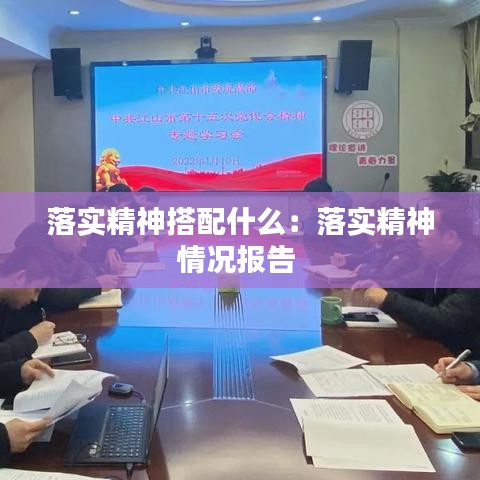Introduction to Continuous Follow-Up and Confirmation
In today's fast-paced business environment, communication is key to ensuring that projects and tasks are completed efficiently and accurately. Continuous follow-up and confirmation play a crucial role in maintaining effective communication and preventing misunderstandings. This article will explore the importance of these practices, provide strategies for implementing them, and discuss the benefits they bring to both personal and professional relationships.
Why is Continuous Follow-Up Important?
Continuous follow-up is essential because it ensures that all parties involved in a project or task are on the same page. It helps to clarify expectations, address any concerns, and keep everyone informed about the progress and status of the work. Here are some key reasons why continuous follow-up is important:
- Preventing Misunderstandings: Without regular follow-up, misunderstandings can arise, leading to errors, delays, and frustration. By staying in touch, you can clarify any confusion and ensure that everyone has a clear understanding of the project requirements.
- Enhancing Collaboration: Continuous follow-up fosters a collaborative environment where team members feel valued and involved. It encourages open communication and helps to build trust among colleagues.
- Identifying and Resolving Issues Early: By following up regularly, you can identify potential issues early on and address them before they become major problems. This proactive approach can save time and resources in the long run.
- Improving Accountability: Regular follow-ups hold individuals and teams accountable for their responsibilities. It helps to ensure that tasks are completed on time and to the required standard.
Strategies for Implementing Continuous Follow-Up
Implementing continuous follow-up requires a systematic approach. Here are some strategies that can help:
- Set Clear Expectations: From the outset, define the goals, deadlines, and deliverables of the project. Make sure all team members understand their roles and responsibilities.
- Use Effective Communication Channels: Choose the right communication channels for your team, such as email, instant messaging, or project management tools. Ensure that everyone is comfortable with the chosen methods.
- Establish a Follow-Up Schedule: Create a regular follow-up schedule, such as daily or weekly check-ins, to keep the momentum going. Stick to this schedule to maintain consistency.
- Document Conversations: Keep a record of all follow-up conversations, including decisions made, action items assigned, and any concerns raised. This documentation can be invaluable for future reference.
- Encourage Open Communication: Create an environment where team members feel comfortable sharing their thoughts and concerns. Regularly ask for feedback and encourage constructive dialogue.
The Role of Confirmation in Communication
While follow-up is about staying engaged and informed, confirmation is about ensuring that the message has been received and understood. Confirmation is crucial in preventing miscommunication and can be implemented through several methods:
- Read Receipts: Utilize email read receipts to confirm that the recipient has seen your message. This is particularly useful when sending important documents or deadlines.
- Meeting Minutes: After a meeting, distribute meeting minutes that summarize the key points discussed. Request feedback or confirmation from attendees to ensure that they have understood the meeting's purpose and outcomes.
- Task Confirmations: When assigning tasks, send a follow-up email or message to confirm the task details and deadline. Request confirmation from the assignee to ensure they have received and understood the task.
- Direct Communication: In some cases, a direct conversation may be the most effective way to confirm understanding. This can be particularly useful for complex or sensitive information.
Benefits of Continuous Follow-Up and Confirmation
The benefits of implementing continuous follow-up and confirmation practices are numerous:
- Increased Productivity: By ensuring that tasks are completed on time and to the required standard, continuous follow-up can significantly boost productivity.
- Reduced Errors: Regular follow-ups and confirmations help to identify and correct errors before they become costly problems.
- Improved Team Morale: When team members feel that their work is valued and that they are kept informed, morale is likely to improve.
- Better Client Relationships: Effective follow-up and confirmation can enhance client satisfaction by ensuring that their needs are met and their concerns are addressed.
转载请注明来自河南省豫芊香食品有限公司,本文标题:《不断跟进确认英文:持续跟进英文怎么写的 》










 豫ICP备2020036209号-1
豫ICP备2020036209号-1
还没有评论,来说两句吧...